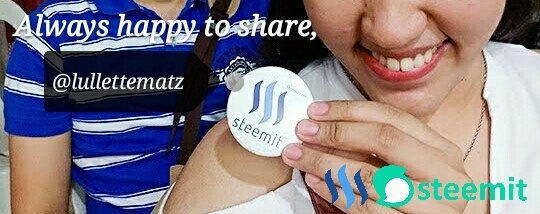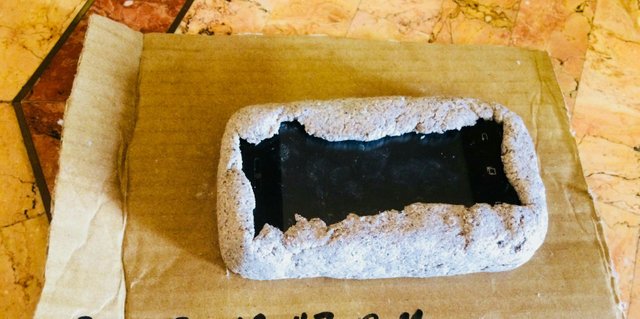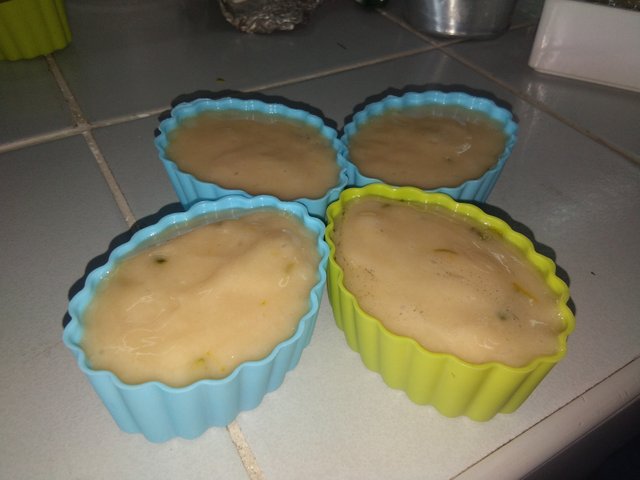Industrial Engineering: Feasibility Study | Prototype in the Making (More detailed) | Did we choose the right product?
MAKING THINGS HAPPEN
We, Industrial Engineering have been working hard with our creative minds to plan and have the final decision on what our product will be in order for us to perform already and make our prototypes (first trial) for our Feasibility Study and finish everything before the day for title of defense came. In this article, I will show you "what our products are and how we do it".
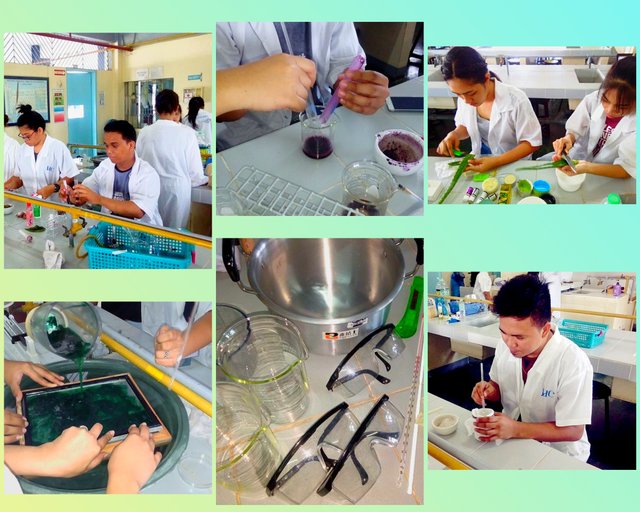
DOES THIS SOUNDS INTERESTING?
To start making our products, we sent first a letter of request to the head of our University's Chemistry Laboratory to lend us the room and borrow some laboratory appratusses that we need for our product making. Gladly, it was approved immediately.
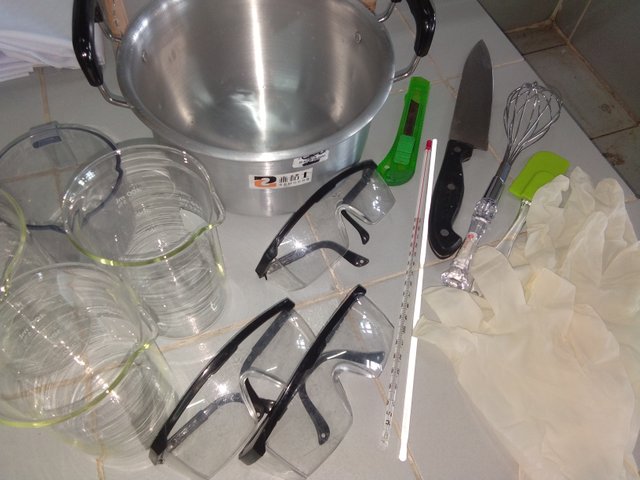
- Beaker
- Goggles
- Cutter
- Knife
- Steel Pot
- Spatula
- Thermometer
- Glass Rod
- Gloves
- Stove
- Test tube
- Test tube rack
- Mortar and Pestle

CREATIVITY AT WORK
Among the class groups, we are with the three other groups who used the laboratory.
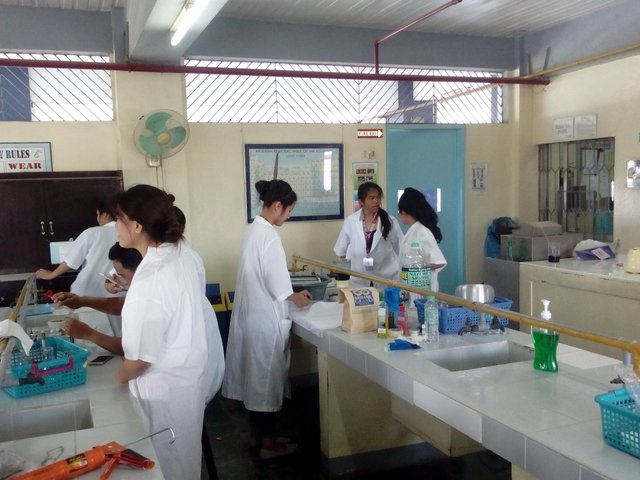
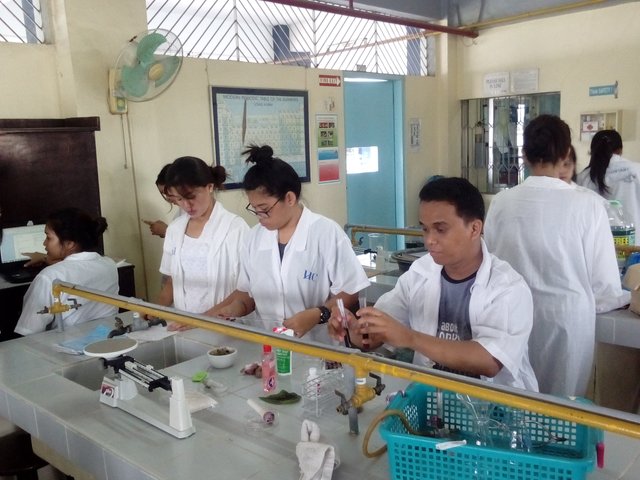
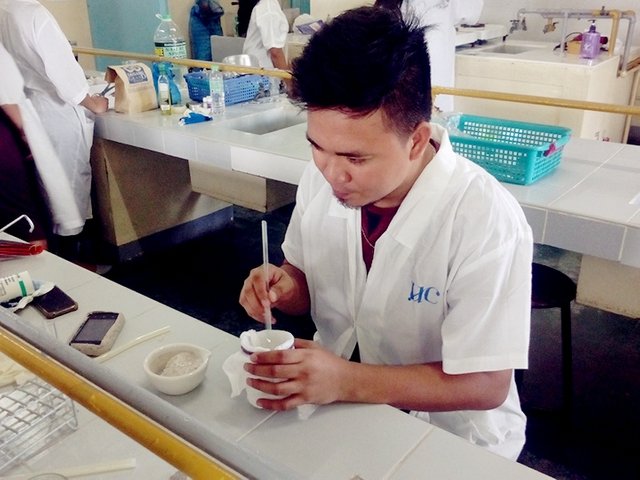
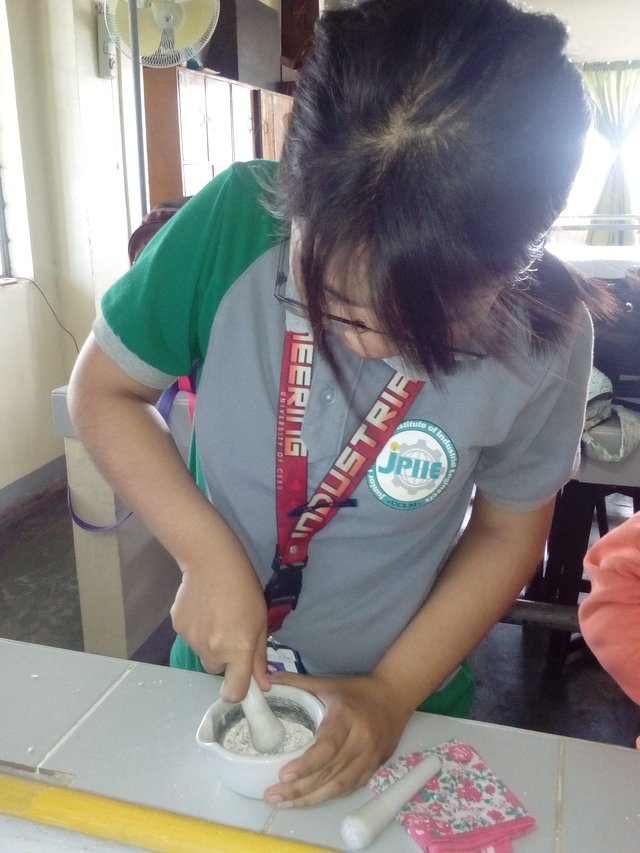

Prototype #1: Shockproof Phone Case made of Talaba Shells (Group 1)
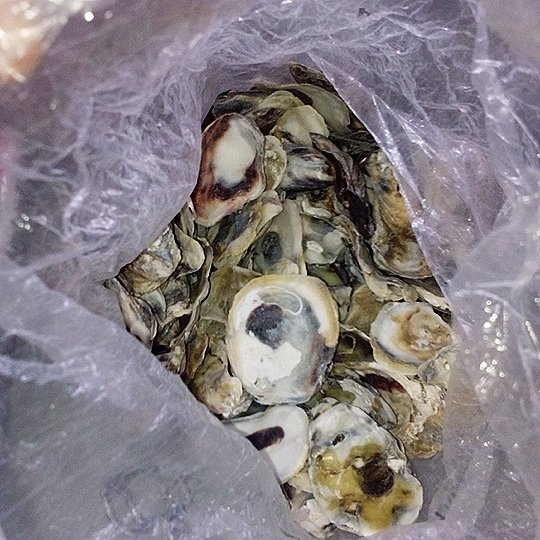
How did they made it?
They start it by cleaning and heat the talaba shells to boil so it will be polvorized easilly by pounding then strained and mixed with silicon sealant to make it elastic.

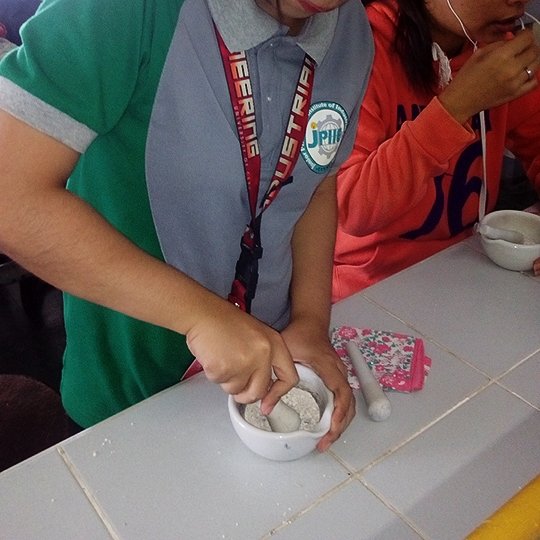
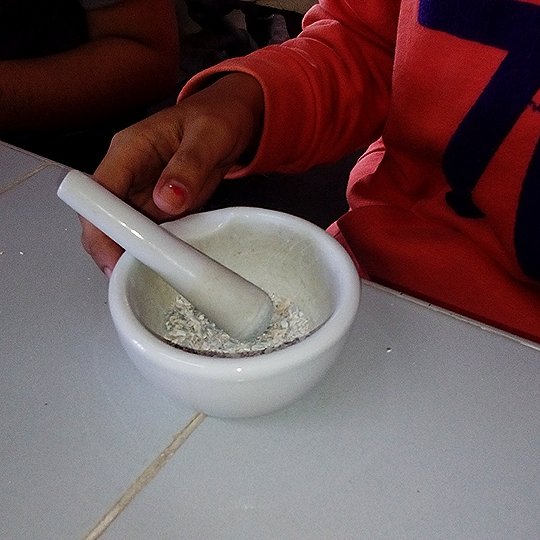
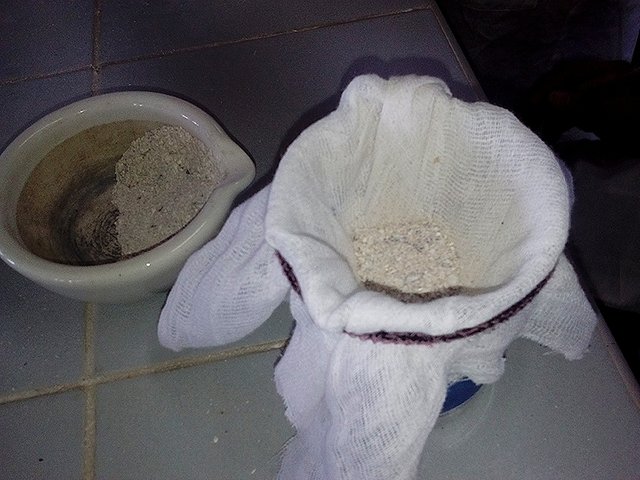
To shape, they used an old phone to have the exact design and measurements of the phone's case.
This wasn't their product outcome. Haven't took photo of it.
Prototype #2: Craft Paper made of Banana Fiber(Group 2)
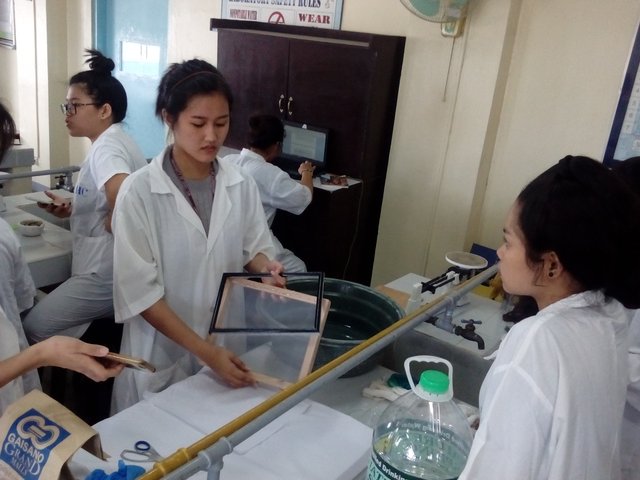
Want to know how?
First, they boiled up the minced fiber for an hour. While waiting, they soak the crepe paper in water tou use as dye for their product. An hour later, they strain the banana fiber's water then mixed with dye.
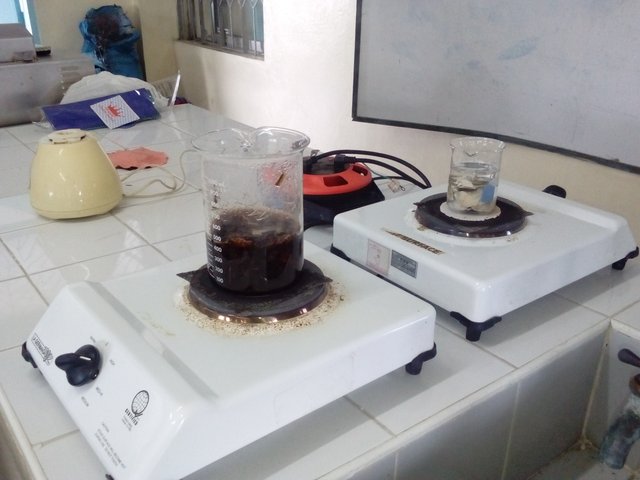
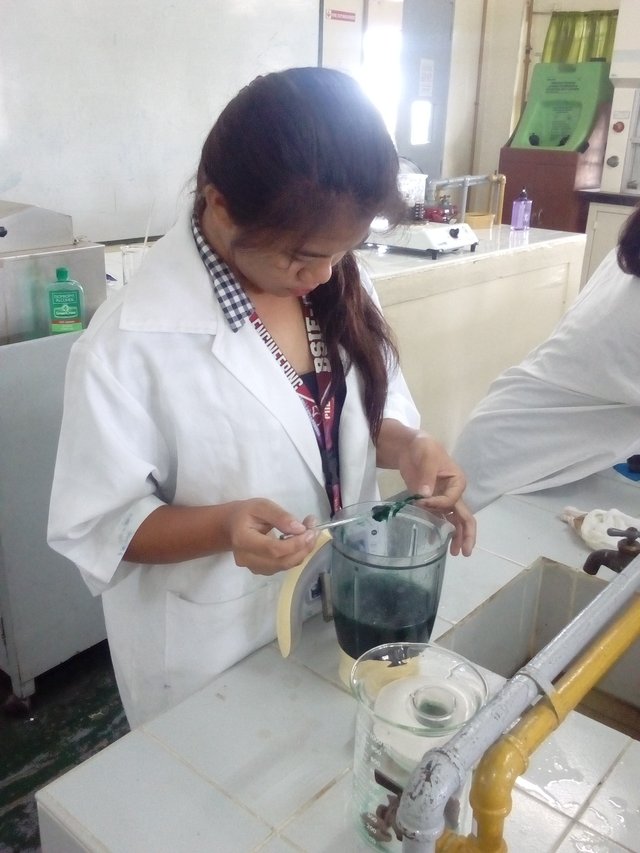
When done, they pour it in to the frame with screen fabric to strain the liquids then let it dry for few hours.
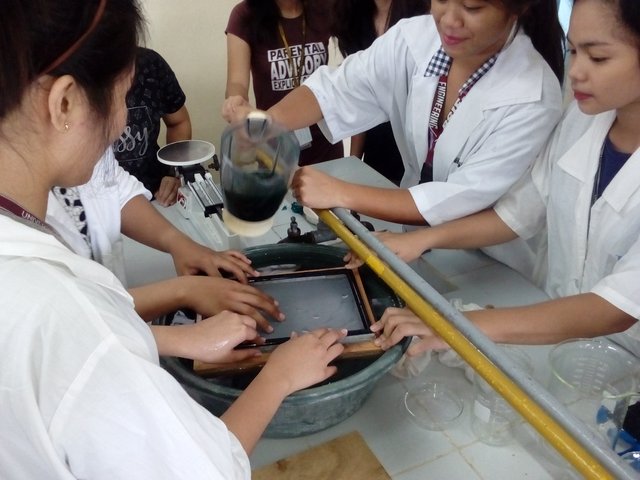
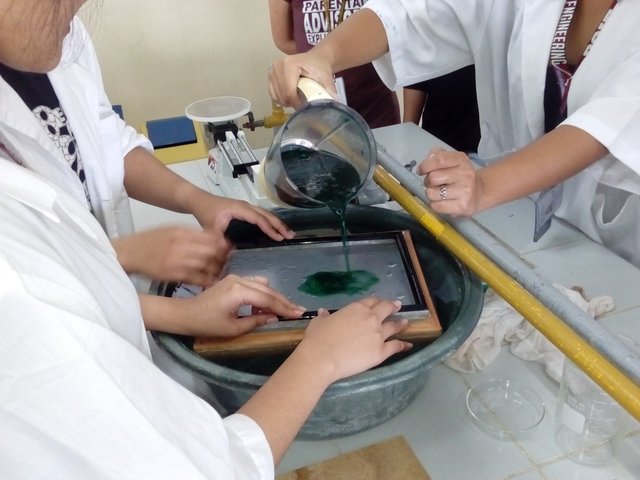
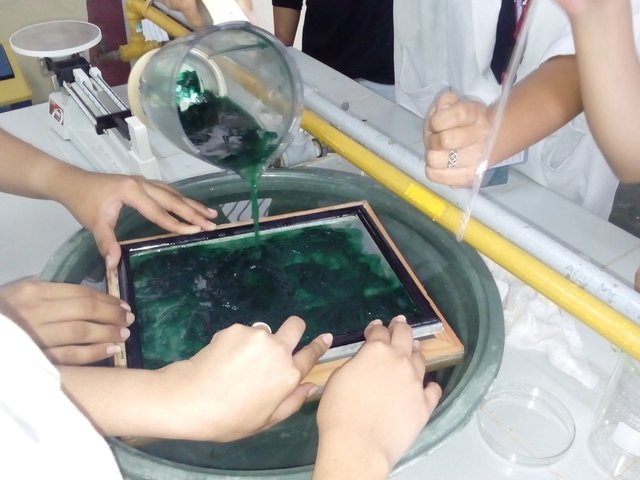
The fibers left in the fabric screen will be made as craft papers.
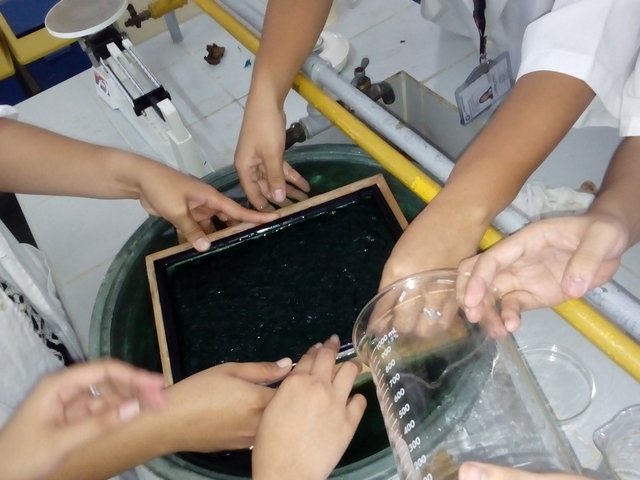
This is the finish product. So pretty isn't it?!
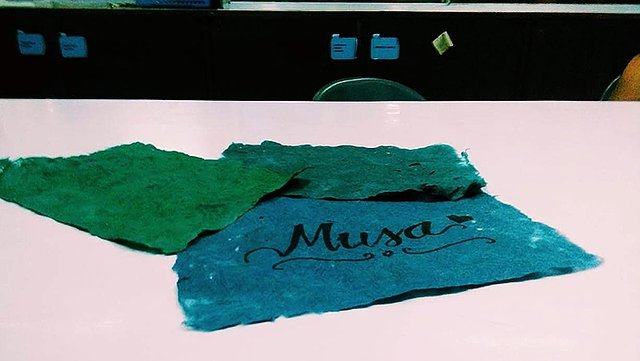
Prototype #3: Marker and Printer Ink made of Malabar Night Shade/Spinach (Group 3)
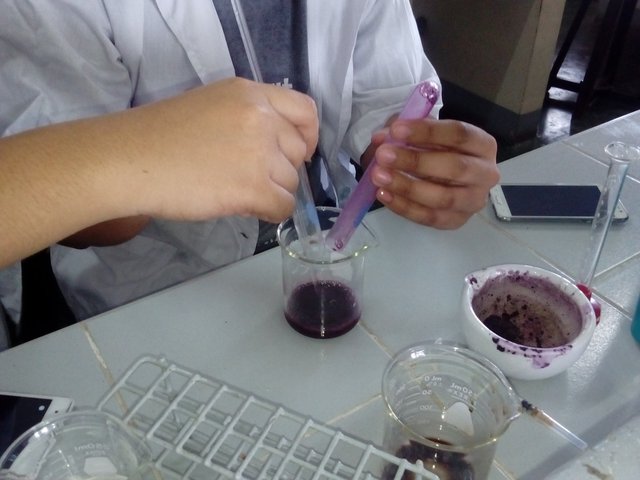
How? Is it possible?
Firstly, they look for malabar night shade or spinach with fruit then pound it. Mixed with exact amount of vinegar and salt so the color will last long.
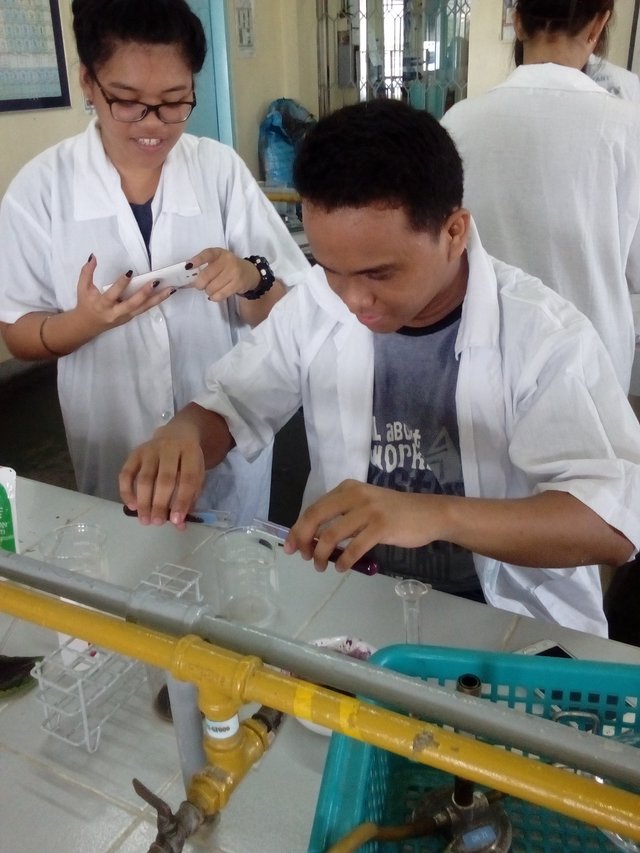
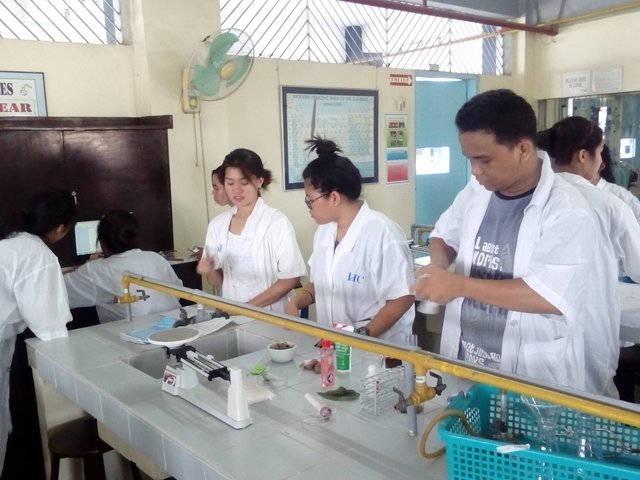
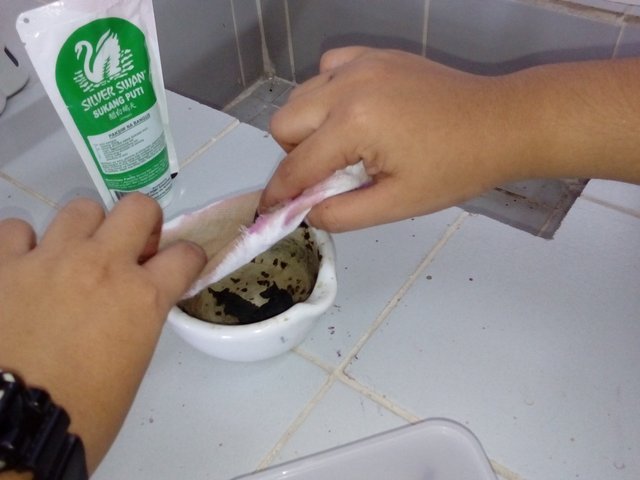
When mixed well and no lumps left, it can be use already!
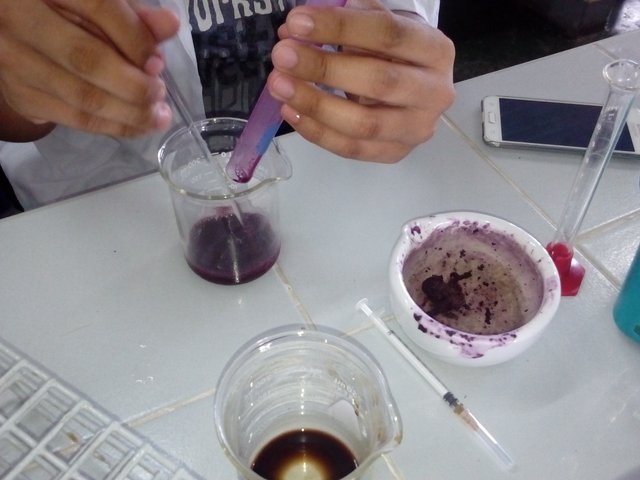
There's one ingredient they mixed in their product to make it color black but haven't asked the name. All I know is it's kind of medicine (syrup).
Prototype #4: Organic Shampoo Bar (Group 4- my group)
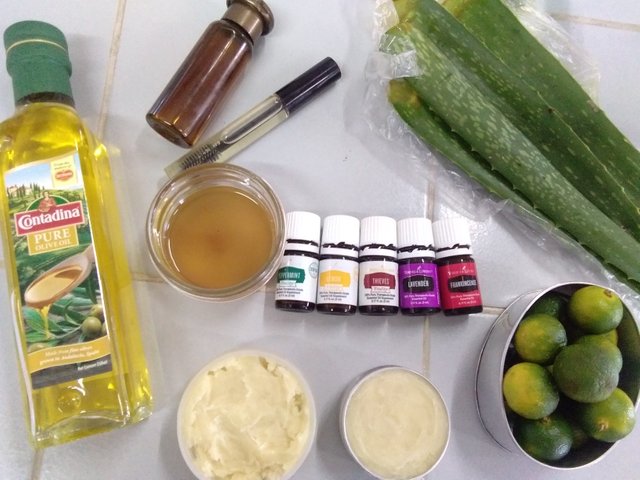
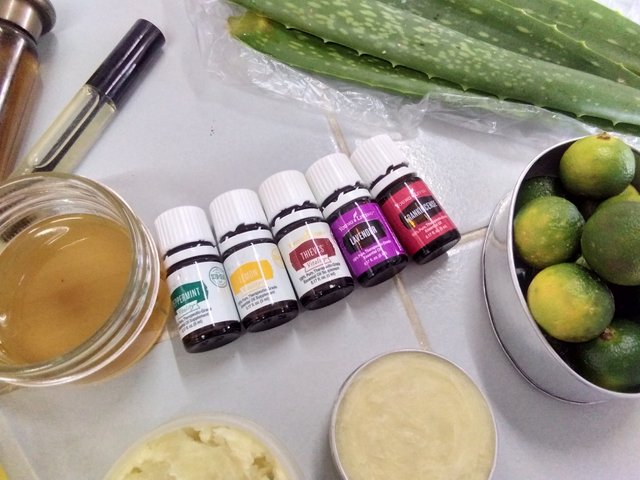
Want to try it at home?
Only these organic ingredients; aloe vera and calamansi (main ingredient). Also includes essential oils (olive oil, coconut oil, castor oil and avocado oil), distilled water, shea butter and sodium hydroxide.


We firstly peel the aloe vera to srape the gel.
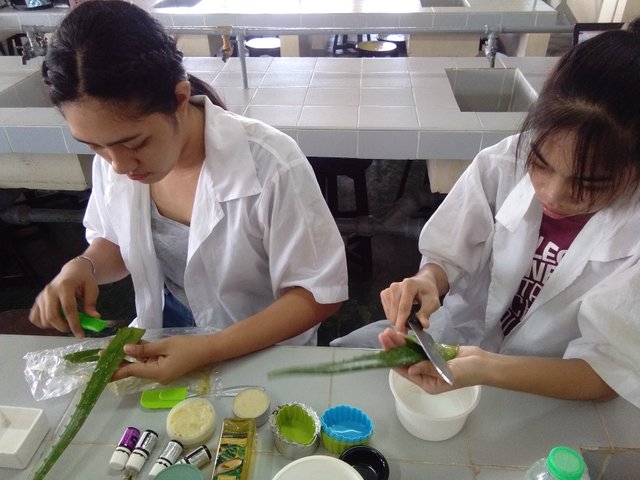
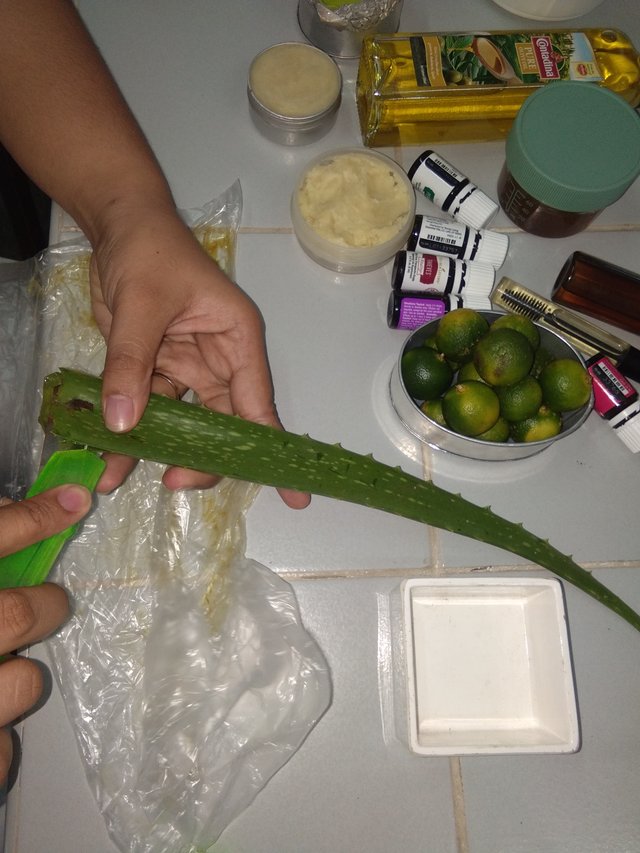
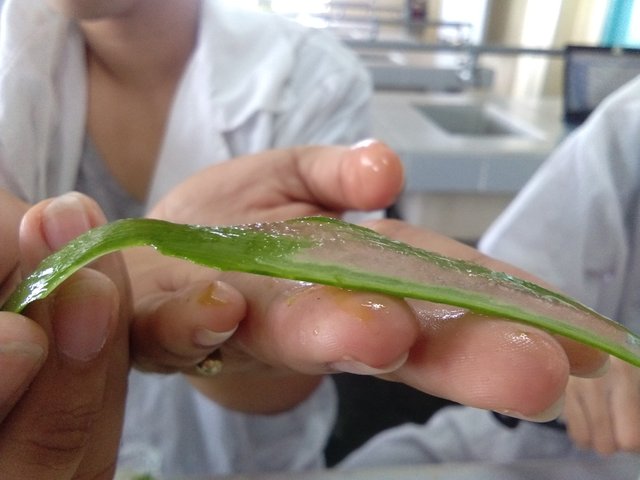
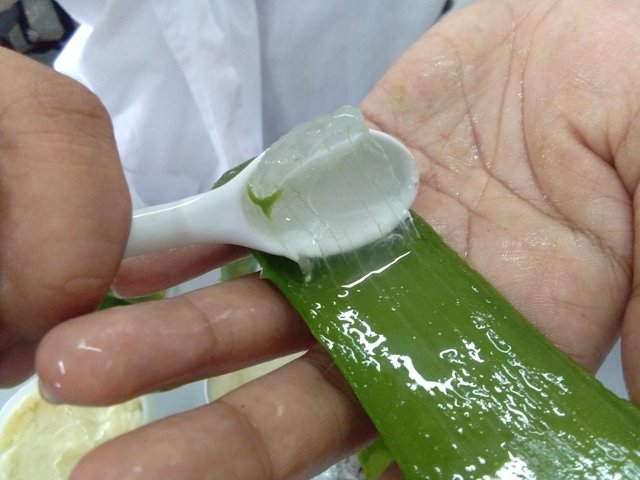
Next, weigh other ingredients (essential oils, water, shea butter and sodium hydroxide). This the very important thing to do to have the exact measurements to avoid any irritations and hair damage.
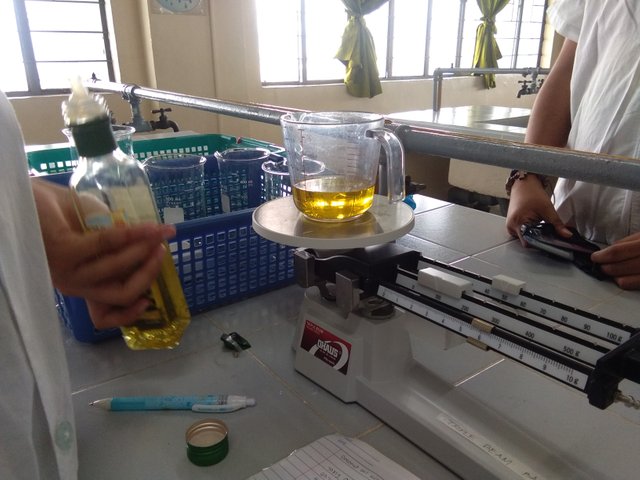
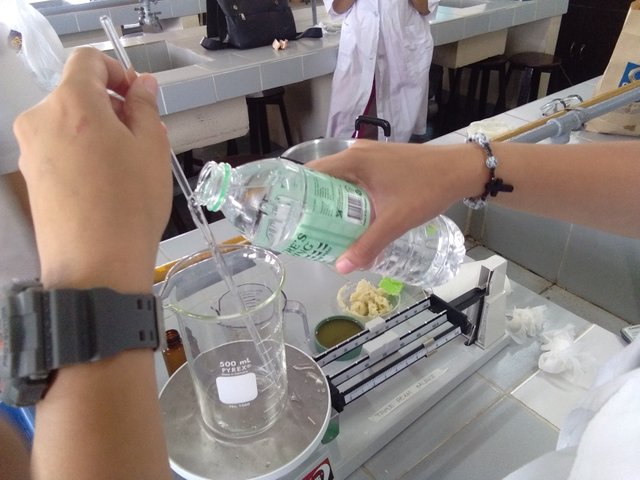
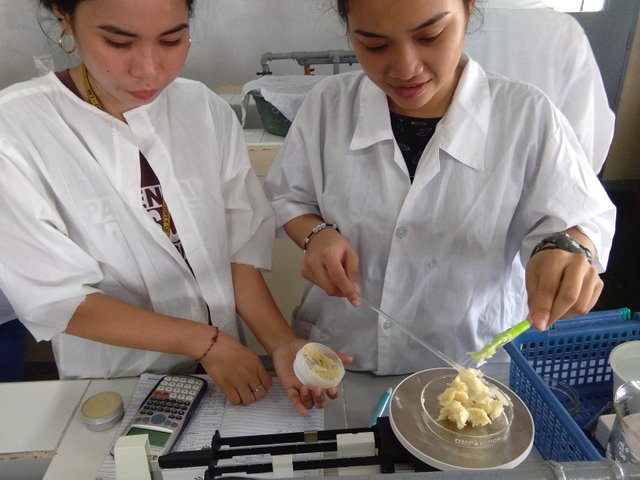
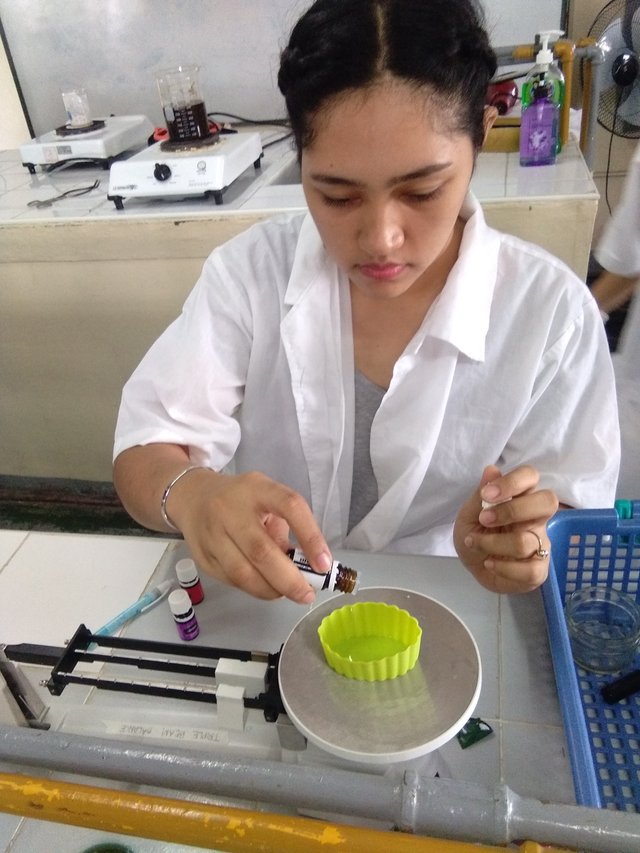
Then I carefully mixed well all the ingredients until it get thick or sticky.
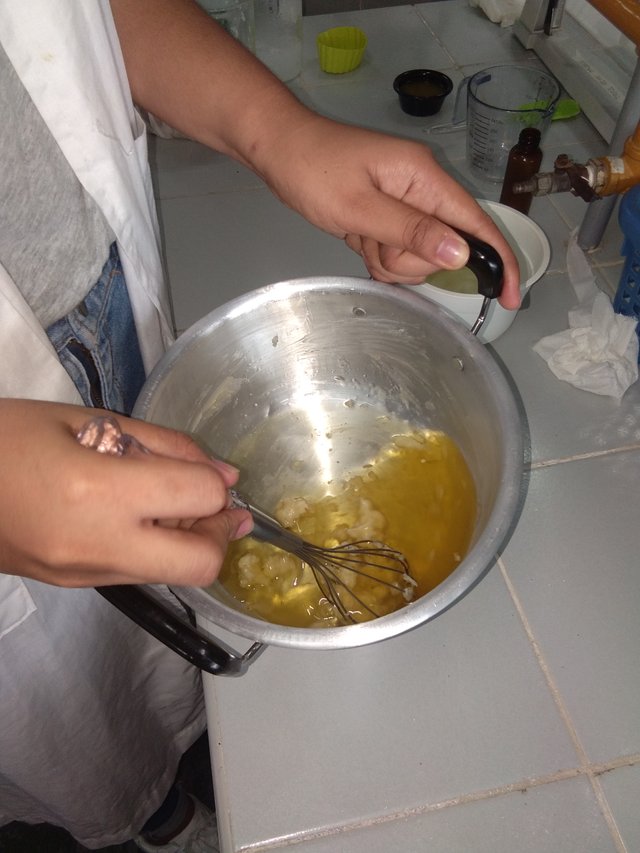
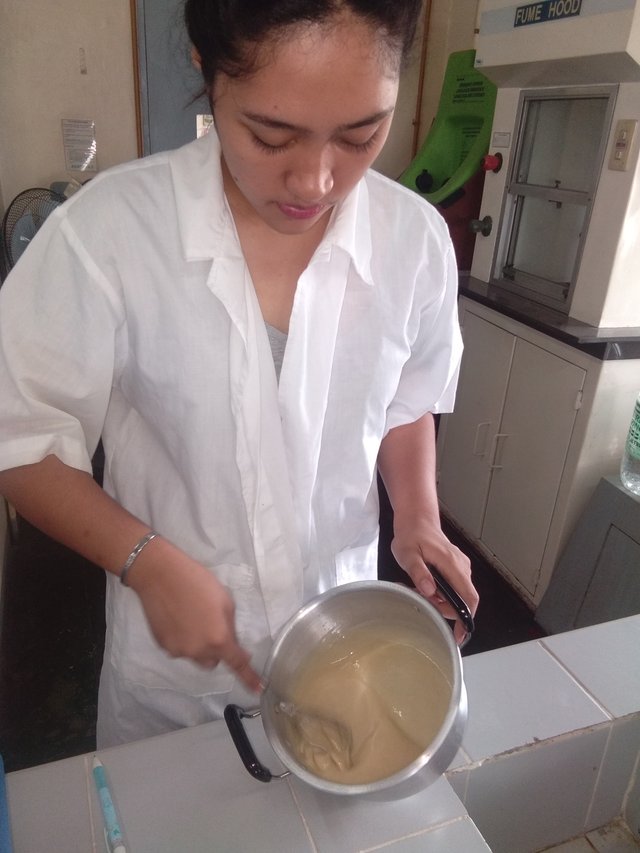
Added the calamansi peels afterwards to easily identified as calamansi soap. And of course, not just to have a presentable look but for additional organic benefits!
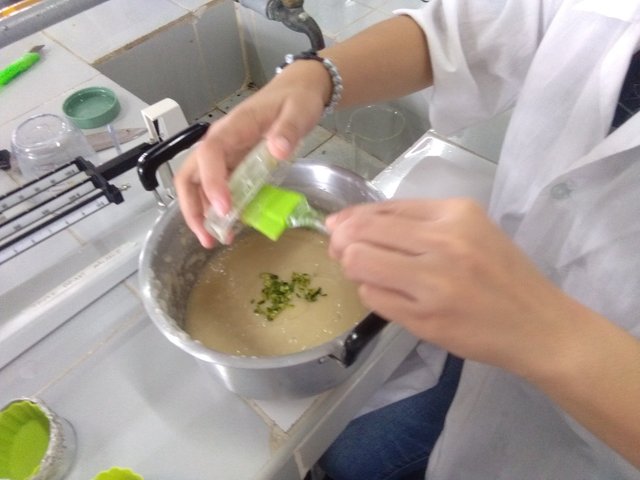
Lastly, molded it in to a container/molder with the desired our shape then waited until few days/weeks so the lye will be perfectly set (product/result of sodium hydroxide when mixed with other ingredients).
We used silicon molders to remove the soap bar easily. And done!
This is best for home businesses, I swear! Hope this help you to learn on how to make soap. The procedures and ingeredients are the same in making body soap but use healthy fruits as main ingredient that can moisturize and rejuvenate your skin such as tomatoes and cucumber.

We are all happy that our first try wasn't that bad as we made our product well started. For some parts, we observed some mistakes and errors which is good so we know the do's and dont's for the next trial. :)
"Success is achieved and maintained by those who try and keep trying."
